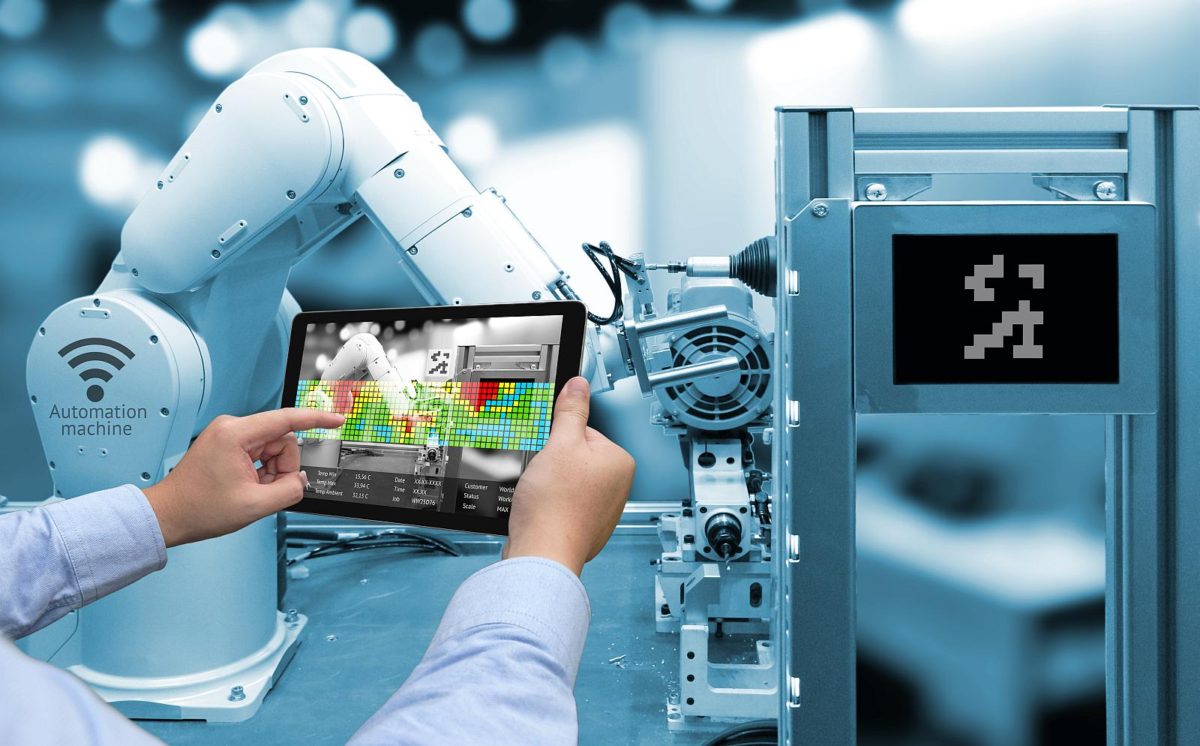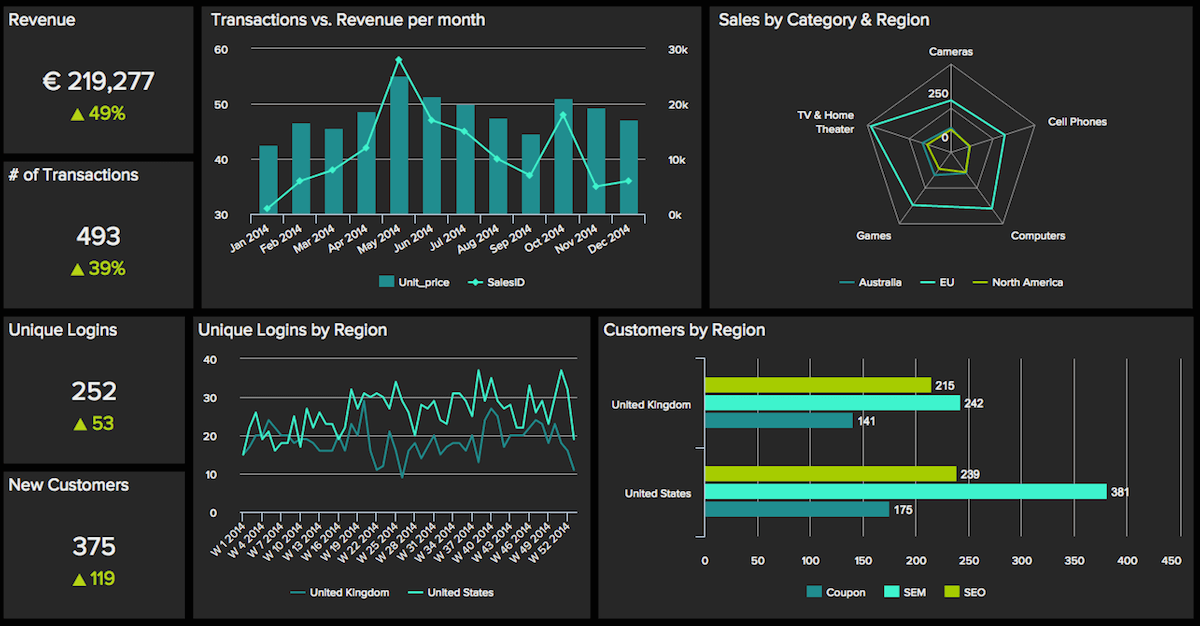2017 is the year in which smart sleeping became a thing – No, really. Earlier this year, at the Consumer Electronics show, several major electronics companies showcased their sleeping solutions, ranging from snooze-inducing headphones to posture-adjusting mattresses. Reportedly, Americans spent over $43 billion on sleep aids and tech in 2016 alone, with experts predicting even more growth in the years to follow (Hollander, 2017). By 2020, it is expected that the global sleep market will be worth $80bn (Gabbatt, 2017). No wonder tech companies can’t wait to tap into the market!
Tracking your sleeping habits is nothing new; Apple already introduced its bedtime application in 2016, which sends notifications when bedtime approaches and allows users to view their sleep tracking data. Current developments, however, take this one step further as tech companies are developing a range of devices that can be connected to applications or devices such as Amazon’s Alexa, expanding the IoT.
One of these solutions is Matrix’ smart mattress, which tracks your heart rate variability (the inconsistency between your heartbeats). Another solution is duvet climate control. The Smartduvet Breeze makes use of an inflatable sheet between the duvet and duvet cover, and even includes a self-bed-making feature (Hollander, 2017)! And for those really into sleep tracking, there is an app on the market which allows you to record your snoring (including whatever you might say in your sleep). With so many sleeping statistics readily available, however, consumers may feel a little lost with the abundance of data that solutions like these generate.
A psychologist specializing in sleep disorders comments:
“There’s an inherent problem because the consumer world has come up with all these ways to monitor your body signals, but the clinical world didn’t come up with a way to answer all the questions it brings about (Thielking, 2017).”
Devices promise to provide solutions to insomnia, sleep apneas, snoring and other sleep problems, but many are not integrated with medical records yet, or supported by GPs. Consumers simply do not know what conclusions to derive from their sleeping data. SleepTech may be on the rise, but only when the medical world catches up with the developments, large scale adoption will take place.
References:
Gabbatt, A. (2017). Don’t lose your snooze: the technology that’s promising a better night’s sleep. [online] the Guardian. Available at: https://www.theguardian.com/technology/2017/jan/05/sleep-technology-ces-2017-las-vegas-new-products [Accessed 20 Oct. 2017].
Hollander, M. (2017). Best sleep gadgets – Still tired? Smart sleep aids can help improve your snooze. [online] Digitaltrends. Available at: https://www.digitaltrends.com/health-fitness/best-sleep-gadgets/ [Accessed 20 Oct. 2017].
Thielking, M. (2017). From vibrating pillowcases to smart pajama belts, sleep tech is flooding the market. [online] STAT. Available at: https://www.statnews.com/2017/01/06/sleep-tech-science/ [Accessed 20 Oct. 2017].



